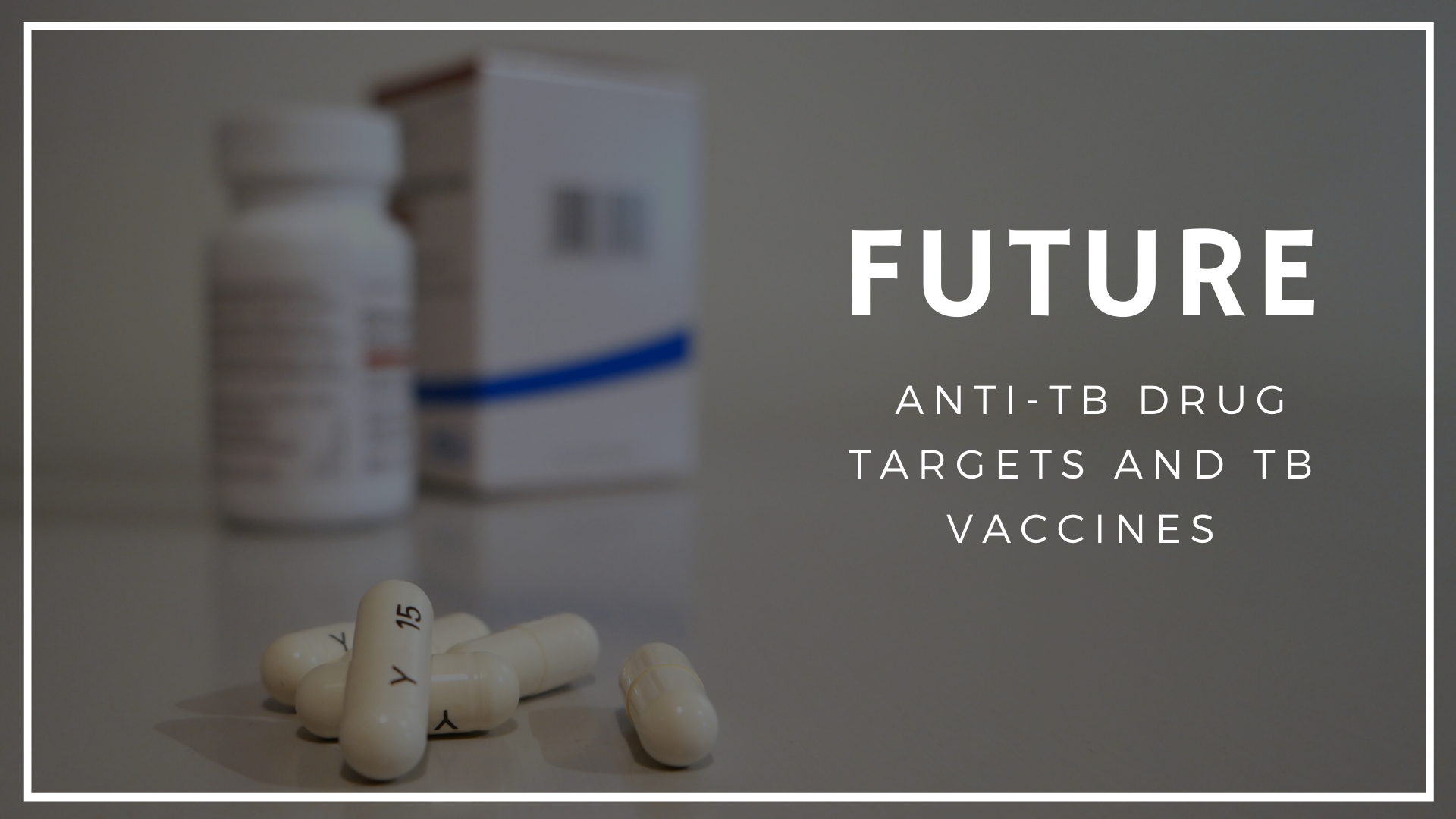For decades the threat of Drug Resistant Tuberculosis (DR-TB) has spurred research into development of new TB antibiotics and vaccines. A major breakthrough in DR-TB treatment was announced two months ago when the U.S. Food and Drug Administration (FDA) approved a new TB antibiotic (Pretonamid, developed by the TB alliance) which is the 3rd drug approved for TB treatment in more than 50 years while a number of new TB drugs are still in the development phase. Pretonamid is used in combination with other TB antibiotics – bedaquiline and linezolid for treatment of extensively DR-TB or multi-DR-TB which is non-responsive to treatment. The combination of these antibiotics cures approximately 90% of the patients treated. However, despite constant research and development of these new TB antibiotics, overtime drug resistant TB bacteria do emerge with the latest being bedaquiline resistant TB bacteria. This highlights the urgent need to develop antibiotics with ingenious ways to kill bacteria including those which are can boost the human immune system to fight off infections, those that work together with other potent antibiotics to prevent early emergence of drug resistance or antibiotics against new targets that would work together with the immune system to rapidly clear infection and prime the immune system for subsequent exposure to infections. We apply the latter strategy to search for novel drug targets that when inhibited would prevent the growth of the TB bacteria and at the same time enhance the antimicrobial properties of the immune system during infection.
The cell wall of TB bacteria is rich with such novel drug targets which when inhibited increase the sensitivity of the TB bacteria to effector molecules released by the immune system. One such highly potent effector molecule released by the immune system against bacteria is called Lysozyme. However, the TB bacteria have devised a number of ways to resist Lysozyme. Lysozyme is a destructive antimicrobial agent which targets and demolishes one of the toughest layer of the bacterial cell wall called peptidoglycan. Peptidoglycan is made of sugar molecules and is highly fortified or cross-linked by amino acids to create a “compact and tough shell-like” structure that protects the bacterial cell. We have studied how the TB bacteria cross-link the peptidoglycan wall and have discovered two novel enzymes which facilitate the strengthening or cross-linking of peptidoglycan so that the bacteria become highly resistant to Lysozyme. Targeted inhibition of the function of these enzymes required for peptidoglycan strengthening highly sensitizes the TB bacteria to the cell wall destructive properties of Lysozyme. Importantly, Lysozyme mediated killing of the bacteria releases small peptidoglycan fragments (called muropeptides) which are recognized by the immune system to create memory in the immune cells enabling enhanced eradication of a secondary infection. This work has opened an avenue of research into a recently described form of the immune system memory termed “trained innate immunity” which provides novel insights into development of better TB vaccines.
Trained immunity has been described recently as a process which involves the genetic and metabolic reprogramming of the function of cells of the first line of defense of the immune system (i.e. the innate immune system) to produce a long-term enhanced function and memory of the immune cells. With this insight into how targeting enzymes of TB bacteria that when inhibited lead to absolute eradication of infections and development of trained immunity, we have developed novel strategies that can be employed to enhance the effectiveness of the over a century old TB vaccine – the Bacille Calmette Guerin (BCG) vaccine.
The BCG vaccine is known to induce a limited level of trained immunity which only offers partial protection against lung TB and disseminated forms of TB only during the early stages of life. Conventional designs of TB vaccines which induce the development of adaptive immune responses (i.e. the secondary line of defense of the immune system) provide absolutely no protection against TB while BCG revaccination studies of adolescents in TB endemic areas has indicated that even revaccination with BCG only confers better protection against development of TB than the newly developed TB vaccines. This highlights the need for fully understanding the correlates of protection associated with BCG vaccination and the urgent need to enhance the effectiveness of the BCG vaccine.
Targeting novel drug targets which when inhibited lead to killing of the bacteria and enhanced activation of the innate and adaptive immune responses during infection and developing a modified BCG vaccine which induces enhanced reprogramming of the innate immune cells to generate innate memory represents novel starting points to develop better TB antibiotics and a better TB vaccine that might change the current rules set for developing anti-TB drugs and vaccines.


